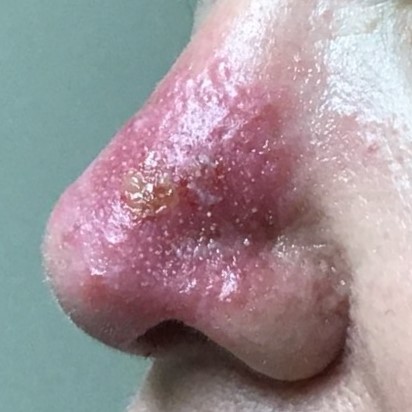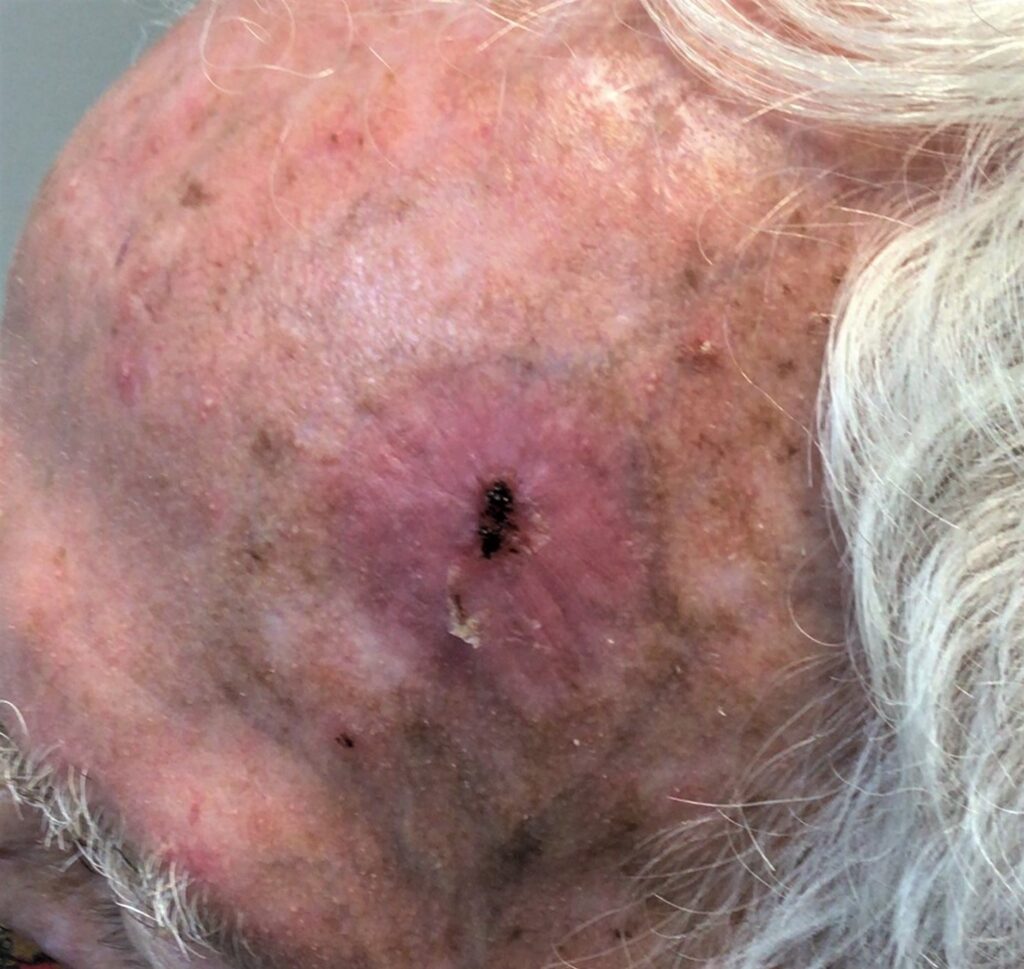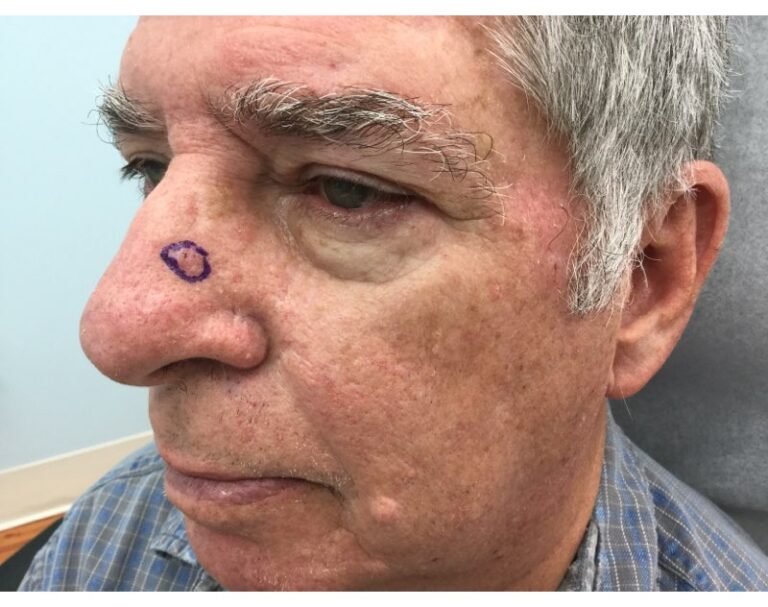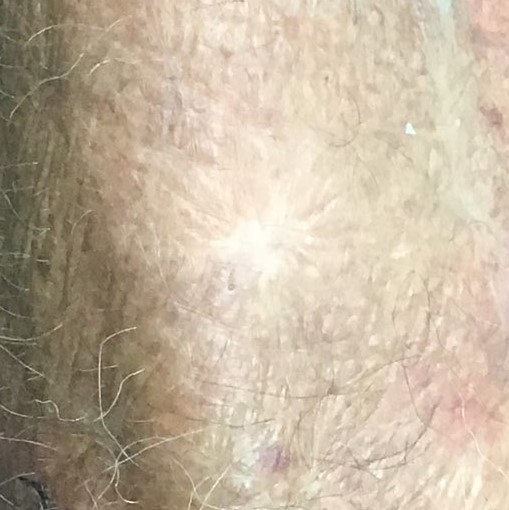
Radiation is used to treat many different types of cancer. It kills cancer cells or slows their growth by damaging their DNA, causing them to stop growing and die. While all radiation treatments kill cancer in the same way, there are many other differences. Different radiation treatments come with different side effects, risks, and cure rates. Learning about these differences can help you make the best choice for you.
What are the different kinds of radiation treatment?
When most people think of radiation, they usually think of either external or internal radiation therapy. These treatments are used for cancers like breast, prostate, or lymphoma.
External radiation treats cancers inside your body, not on the skin. It is done in a hospital or special radiation center. A large, noisy machine uses high energy to deliver high doses of radiation. In the process, it can damage healthy cells around the cancer and often has side effects, which can be severe for some people.
Internal radiation uses solid or liquid sources of radiation placed inside your body at a hospital or radiation center. Like external radiation, it can damage healthy cells around the cancer and can have severe side effects. Internal radiation can also cause people to give off radiation for some time after treatment.
Image-Guided Superficial Radiation Therapy (Image-Guided SRT) is a type of radiation used just to treat skin cancer. Image-Guided SRT is very different from external and internal radiation.
How is Image-Guided SRT different than other types of radiation treatment?
There are many differences between Image-Guided SRT and other radiation treatments. Image-Guided SRT uses low-energy X-rays, like the X-rays you get at the dentist’s office, and ultrasound images. The ultrasound images help to measure the size and depth of the skin cancer and determine the lowest dose of X-rays needed. This type of radiation has no effect on healthy cells outside treatment field. Image-Guided SRT is given right in your dermatologist’s office by a Radiation Therapist, who works together with your dermatologist to deliver and track your skin cancer treatment. Unlike external and internal radiation, side effects with Image-Guided SRT are only mild to moderate. You can do your normal daily activities while you receive treatment.
How do radiation treatments compare?
Here’s a side-by-side comparison of Image-Guided SRT, external beam radiation, and internal radiation.
Image-Guided SRT
- Uses low-energy X-rays, like the X-rays used at a dentist’s office, to deliver doses to skin cancer.
- Goes only as deep as the skin.
- Uses ultrasound images to measure the size and depth of the cancer, determine the lowest dose of X-rays needed, and track how the cancer responds to treatment.
- Is given by a Radiation Therapist who works together with a dermatologist to deliver treatment right in the dermatologist’s office.
- Does not cause the person to give off radiation after treatment.
- Has little to no effect on healthy cells around the cancer.
- Has mild to moderate side effects that go away within weeks of finishing treatment.
External Beam Radiation Therapy
- A machine, which can be large and noisy, sends radiation to the part of the body where the cancer is.
- Given in a hospital or radiation center.
- Uses high energy to deliver high doses of radiation.
- Designed to treat cancers inside the body, not on the skin.
- Damages healthy cells around the cancer, causing side effects, which vary depending on many factors like the type, size, and stage of the cancer and how much radiation is given.
Internal Radiation Therapy
- The source of the radiation (solid or liquid) is put inside your body.
- Solid sources of radiation can be seeds, ribbons, or capsules that give off radiation in the area where they are implanted.
- Liquid sources of radiation travel through the blood to the cancer cells throughout your body.
- Given or implanted in a hospital or radiation center.
- Can cause people to give off radiation for a while after treatment.
- Damages healthy cells around the cancer, causing side effects, which vary depending on many factors like the type, size, and stage of the cancer and how much radiation is given.
Learn more about which radiation treatment is best for you
Dealing with a skin cancer diagnosis can be overwhelming. It can help to take it one step at a time. Start by learning all you can about your specific type of skin cancer. Talk with your dermatologist about your treatment options, including radiation used just to treat skin cancer, surgery, and other methods. Together, you can choose the one that is best for you. Check out these resources to learn more about discussing and treating skin cancer.








